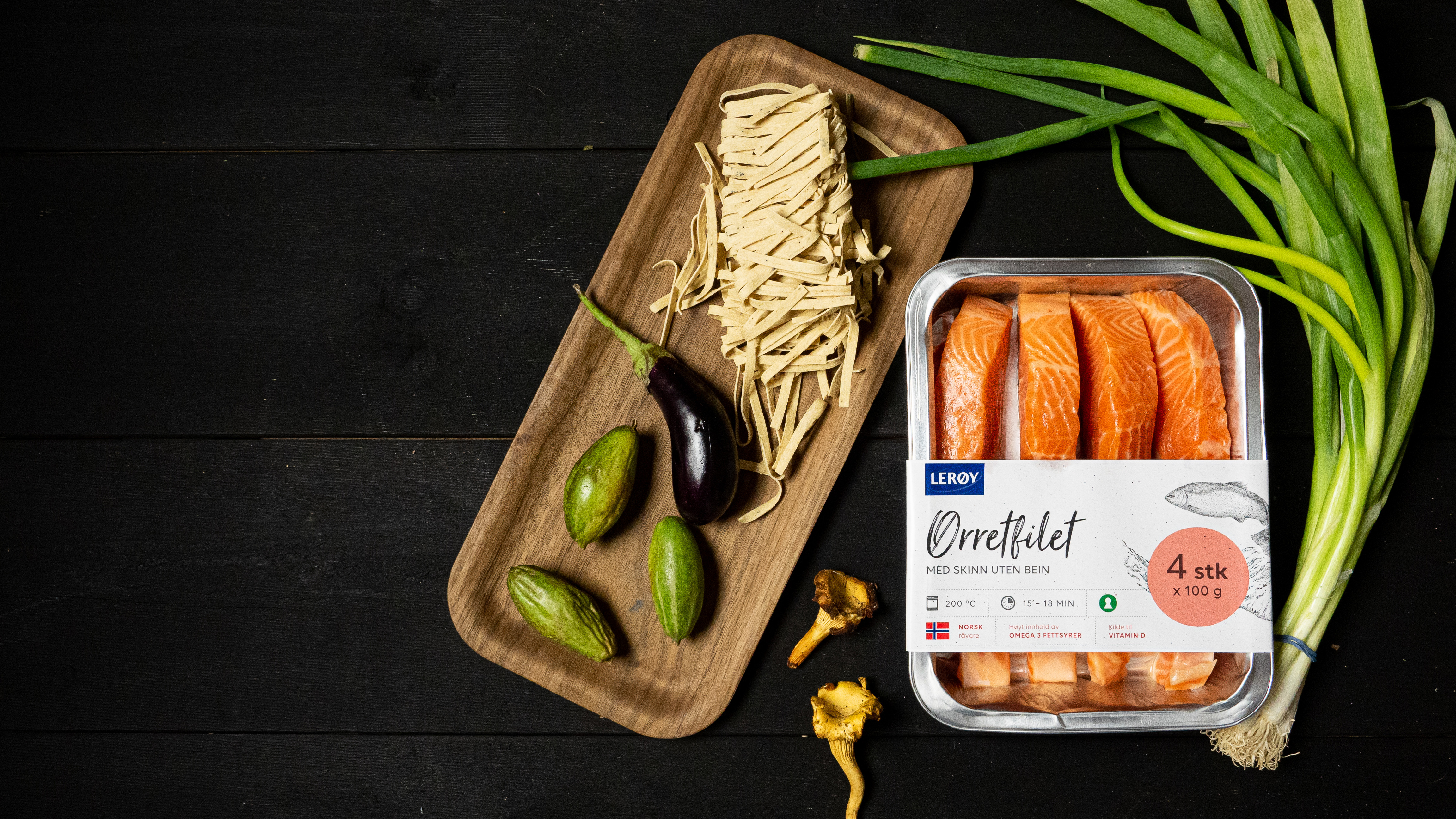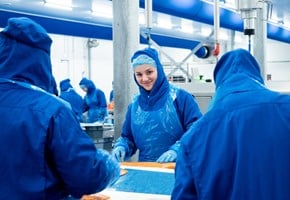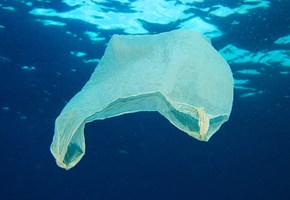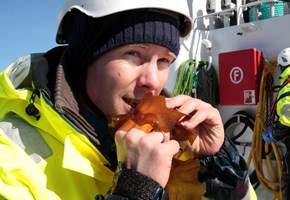If you go fishing, you might reel in a nice big fish and then clean it. Then you cook the meat in a pot or pan, but what about all of the bits you don’t eat: the bones, entrails, head, and maybe skin? Maybe they make a real feast for the gulls, your cat or the local fox.
That’s no problem if you’ve caught one cod or a couple of trout, but what about if each year you fish over 70,000 tonnes of cod, saithe and haddock, and slaughter almost 190,000 tonnes of salmon and trout? Then you have to be really smart about what you do with all of the leftover bits – and preferably stop anything going to waste.
Lerøy works hard to ensure that as much as possible of the fish is eaten. That’s why we have set ourselves a goal of reducing food waste at the Lerøy Group by 50 percent by 2030.
In order to achieve that, we are targeting four areas where we will work even harder and smarter:
In the ocean, by ensuring that as many as possible of our fish survive long enough to be used as food.
On our boats and at our landing facilities, by ensuring that as much as possible of our wild-caught fish is used as food or in food processing.
At our factories, by ensuring that as little as possible is wasted during slaughtering, processing and packing.
In shops, by ensuring that what we have produced is actually sold and eaten.
But did you know it isn’t just the parts we normally consider edible that get used? Our ambition and our goal is to minimise waste – including of the bits humans have no interest in. That is why Lerøy’s fish doesn’t only end up in people’s stomachs.
Fish heads and swim bladders? Yummy!
Does the term swim bladder sound familiar? It’s the small organ inside most fish species that helps them to stay at the right depth. The bladder is packed with the important protein collagen, which is valued highly by the Asian market. That’s why we freeze swim bladders at our saltfish facility in Rypefjord, before exporting them out east, where they are used as health foods, cooking ingredients and delicacies. Fish skin is also full of collagen, so we freeze it and sell it to health food producers.
Edible fish waste is not just frozen: some is dried too. We dry fillet backbones, heads and necks, which we export. Did you know that dried fish heads are a popular delicacy in Nigeria, and that this West African country is one of the most important markets for Norwegian dried fish?
- Seven percent of global greenhouse gas emissions come from food waste.
- 38 percent of all of the energy used in the world’s food production goes on food that is never eaten.
- Lerøy has together with other foor companies and the Norwegian governement to reduce food waste by 50 percent within 2030.
- Lerøy has set itself the goal of both cutting food waste and cutting use of non-recycleable plastic by 50 percent by 2024.
Lerøy has committed itself to cutting greenhouse gas emissions by 46 percent by 2030.
Food for everyone
In fact, it’s not only people who eat fish: livestock do too. In order to ensure that our products are of the highest possible quality when they reach your plate, we process a lot of our wild-caught fish on board our trawlers. What can you do with fish heads, entrails and other leftover bits out at sea? Put them in a silage tank! That is a tank where the fish by-products are broken down into an energy-rich paste that is perfect for using in the feed given to farm animals.
We also make fish meal and fish oil out of the by-products on our trawlers. They, in turn, are used to make feed for our farmed fish.
- “More and more of the fish feed we use comes from other parts of our operations. That makes it local, sustainable and smart”, says Midttveit.
We are working hard to continuously reduce what goes to waste. That requires technology as well as willingness. We produce more fish oil, fish meal and fish waste silage than ever before. Our new trawler Kongsfjord deserves a lot of the credit for that.
We are already an industry leader, but we do not intend to rest on our laurels. Lerøy is continuously striving to find new ways to use by-products, as well as to make existing processes more efficient.
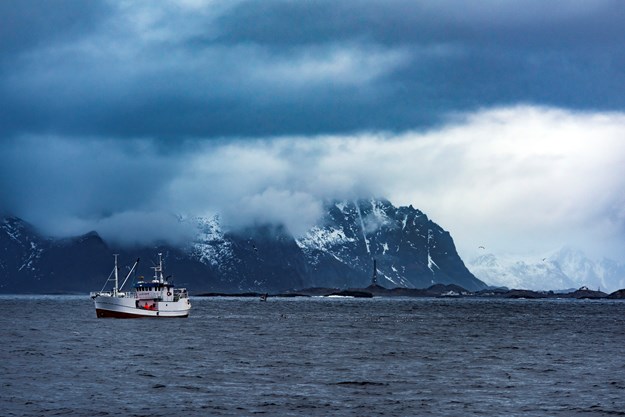
Salmon blood could help millions of people
In fact, currently just one part of a salmon isn’t used at all: its blood. However, it also has the potential to be a useful resource. That is good news for many of the 400 million children and women in the world who, according to the World Health Organization, suffer from iron deficiency anaemia.
As has been covered by the media, the research institute Nofima has discovered that salmon blood is excellent for making iron supplements. They have also managed to produce an iron powder that performed very well in the people who tested it. And the salmon blood they used in their research? We’re pleased to say it came from Lerøy’s factory at Skjervøy.
Reducing plastic use – and fishing up plastic waste
As part of Lerøy’s 50-50-5 initiative, by 2030 we intend to cut the use of non-recyclable plastic by 50 percent. We are therefore reducing use of everything from plastic hoses and twine on our boats, to the amount of plastic in the packaging that protects our products in shops. But we will not stop there.
Lerøy is also part of the worldwide initiative Fishing For Litter, which is helping to remove plastic from the ocean. Unfortunately, it is far from rare for fishers to catch rubbish in their nets. At the Lerøy quay in Stamsund, they can now deliver the waste they catch completely free of charge, and then we recycle as much as possible, and safely dispose of the rest.
This is just a small part of what Lerøy is doing to become as green and sustainable as we can. If you would like to learn more about what we are doing and how we operate, this and this are two good places to start.

